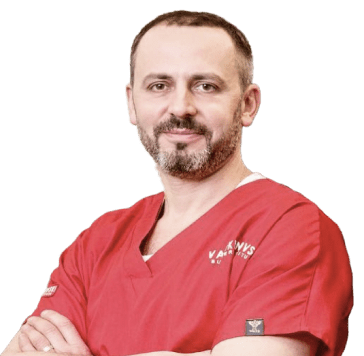
The issue of ENT surgical treatment arises in case of pathologies of the ear, throat, and nose that cannot be cured without surgery. Modern ENT surgery is performed mainly with the help of special endoscopic (endon – inside, scopeo – looking) equipment that allows the surgeon to see everything from inside the surgical instrument and perform a gentle operation through natural and, if necessary, additional openings.
ENT surgery is usually performed using specialized instruments and technologies with the use of various instrumental and laboratory tests as needed. This allows the doctor to accurately determine the nature of the disorder and provide appropriate medical care. Special equipment allows for medical interventions with minimal damage to surrounding tissues.
In particular, such reconstructive plastic surgeries are performed as rhinoplasty (rhinos – nose, plastika – to form) – a surgical operation that changes the shape, proportions, and size of the nose; it is also called “nose surgery”; septoplasty – a surgical operation on the nasal septum, which is important in the treatment of snoring, prolonged runny nose, and heart and vascular diseases caused by oxygen deprivation due to respiratory disorders.
Timely and proper ENT surgical care allows patients to return to normal life and maintain or restore its quality.





If needed, our doctors provide consultations not only in Ukraine but also worldwide, both at our clinic in Kyiv and online through prior appointments. Comprehensive diagnostics, treatment, and prevention are offered.
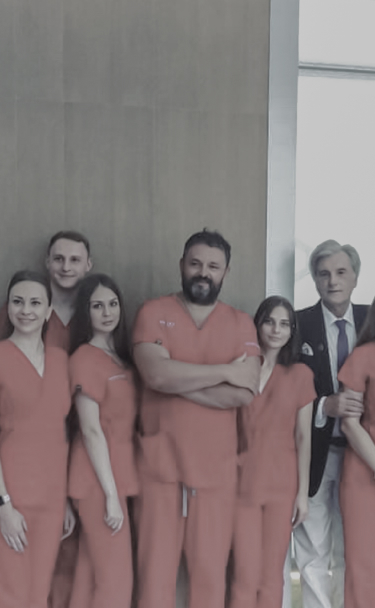
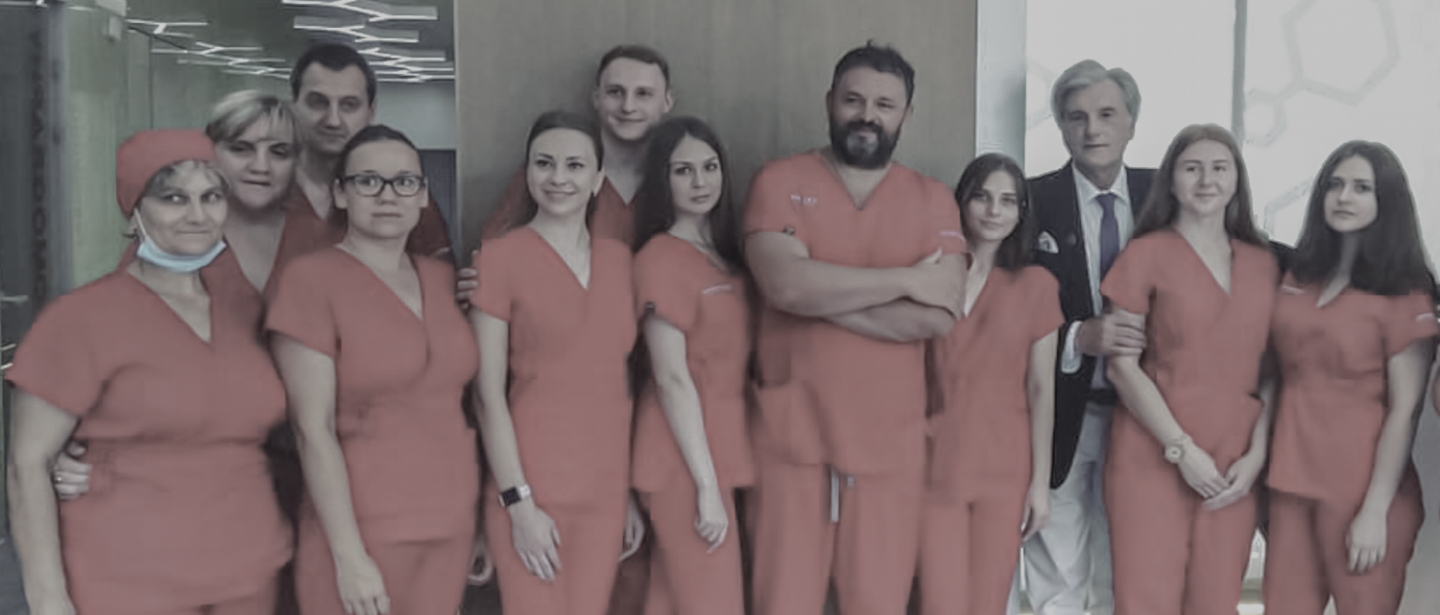
Years of experience
Patients
A modern clinic in the center
Successful operations
Unique surgical techniques
Branch of surgery
Units of the latest equipment
Charitable surgical assistance

You should promptly consult regarding ENT surgery if you experience the following symptoms:



Consultation in ENT surgery includes:


interview (the doctor asks about complaints, learns about medical history and life);
external clinical assessment (the patient will be thoroughly examined, palpated, all altered areas and the condition of each organ system will be examined)
laboratory examination (both general clinical tests and special tests);
instrumental examination (to determine both the general condition of the body and those areas where changes have developed);
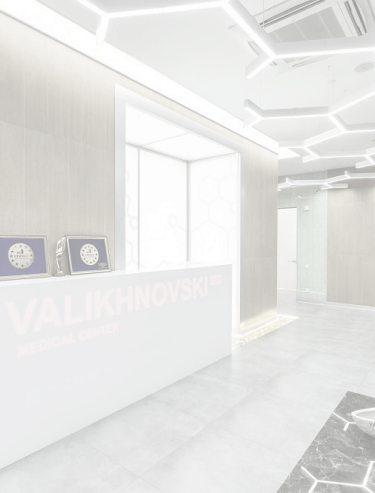

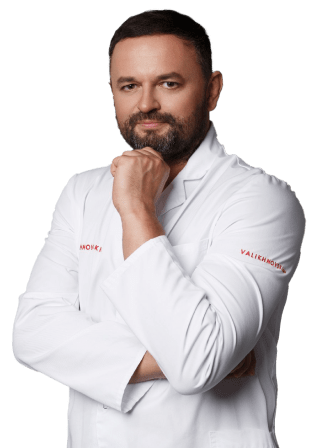






in case of taking any medications, inform the doctor and agree with him/her (it may be necessary to limit them or change the dosage, regimen)
for several days before the operation, follow a sparing diet, water and drinking regimen; if you have constipation, take laxatives, use enemas and do not drink alcoholic beverages - so that the body reacts more adequately and predictably to anesthesia and other drugs
refrain from eating for 6-12 hours before the surgery, and 2-4 hours before the surgery do not drink, chew gum, smoke - to protect against the ingestion of stomach contents into the respiratory system during anesthesia
on the day of surgery, take a shower, cleanse the intestines with an enema to prevent spontaneous passage of feces during anesthesia due to sphincter relaxation
immediately before the operation –
- removable objects (piercing jewelry, dentures) are removed from the mouth and face so that they do not accidentally get into the respiratory system or interfere with the surgical intervention during the operation
- remove other items (contact lenses, hearing aids, jewelry.) to prevent accidental injury to the body and to prevent them from getting damaged
- remove cosmetics (makeup, nail polish, false nails) from the body to facilitate visual assessment of the body's condition and automated registration with medical equipment
- empty the bladder and, if necessary, the intestines to prevent spontaneous bowel movements during anesthesia
- change into special clothes provided by the clinic.
other preparatory measures can be taken in addition, taking into account individual characteristics of the body and the specifics of the surgical intervention

The main stages:



on a gurney or escorted on foot. At the gateway, they put on a medical cap and shoe covers (to protect against microorganisms in the air of the operating room).
by an operating team of a certain composition, taking into account the specifics of each operation.
(depending on the specifics of the operation, the body position may differ), and fixed to it with special straps to prevent accidental involuntary movements that would interfere with the operation, as well as to prevent accidental falling of the body from the table.
punctures a vein in the arm, installs a catheter to administer the necessary drugs, places electrodes on the body to monitor the electrical activity of the heart, puts a blood pressure cuff on the shoulder and a sensor on the finger to determine the oxygen content in the blood. All this is necessary for continuous monitoring of the body's condition during anesthesia and surgery.
the area of the body where the intervention is performed, and the specifics of the chosen surgical tactics, technique, etc.
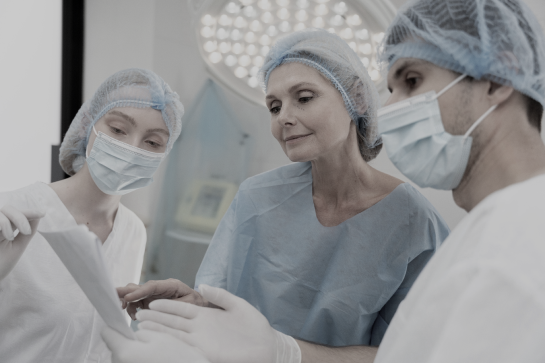
After the operation, the patient wakes up in the ward for postoperative observation. If necessary, oxygen may be administered through a thin tube to ensure that the body has enough oxygen. The nurse will carefully monitor the patient’s condition and, if necessary, use medications agreed with the doctor.
Before returning home, the doctor will examine the postoperative sutures, agree on the tactics of further rehabilitation, and give additional advice.






ENT surgery (or surgical otorhinolaryngology), especially endoscopic surgery, allows for surgical treatment of a wide range of diseases of the ENT organs, and it can be done gently, with minimal tissue damage, less likelihood of many complications, etc.
Symptoms of ENT organs in case of their surgical pathology are diverse and depend on the characteristics of a particular disease. To summarize, they are manifested by discomfort or pain in the respective organ, impaired basic function, changes in structure and shape, etc. In particular, rhinoplasty and/or septoplasty can help with symptoms such as prolonged impaired nasal breathing, a constant feeling of “stuffy nose,” recurrent sinusitis, nosebleeds, chronic nighttime cough or snoring, facial pain, headaches, dissatisfaction with the shape and size of the nose.
The warranty for ENT surgery covers the proper performance of services, high-tech diagnostics, treatment, highly qualified specialists, implants and other medical consumables and equipment. The concept of a guarantee for medical services is a meticulous issue. As for the treatment of ENT organs, there is a guarantee in terms of financial and legal issues. As for the medical aspects, the clinic of the Valikhnovsky Institute of Surgery strictly observes all aspects of ethics and bioethics. Any additional guarantees can be discussed individually.
Endoscopic nasal surgery is not quite the correct wording, most likely, we are talking about nasal surgery. The principles of preparing a patient for endoscopic nasal surgery are exactly the same as for classical surgery: preliminary examination, agreeing with the doctor on all the nuances of the tactics, adhering to dietary restrictions, safety rules, etc.
After ENT surgery, typical complications include bleeding and thrombosis, dysfunction of the ENT and adjacent organs, infectious and inflammatory processes, etc. With the endoscopic method of ENT surgery, the likelihood and severity of complications are fundamentally lower than with the classical method.
There are no absolute contraindications to such medical intervention as endoscopy of ENT organs. In general, it is worth refraining from it if the risk of its use exceeds the risk of using alternative approaches.


